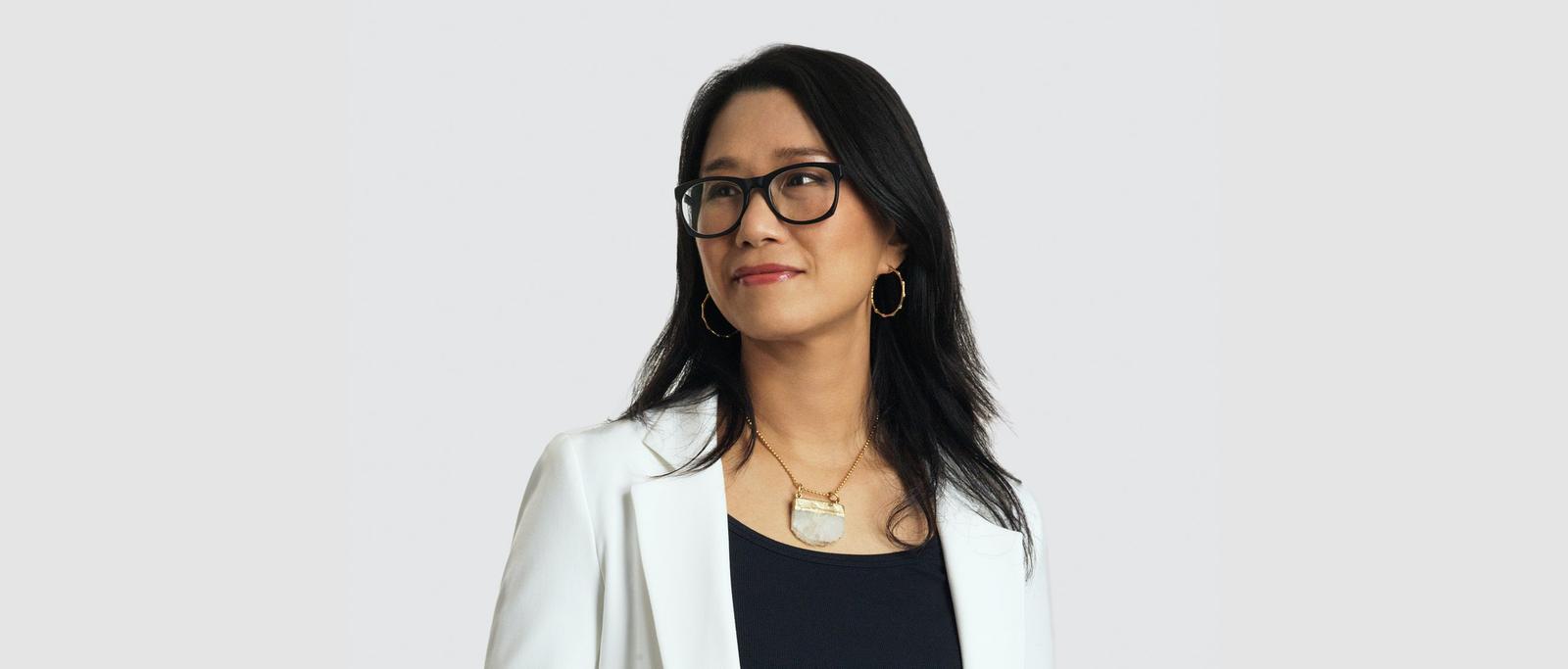
Jenny Woo
Design Lead,
Watson Immersive Experience
↓
I’m an experience designer with over 13 years of design leadership. After graduating from The Cooper Union with a focus on design and photography, I took my first job in the digital design industry. Since then, I have developed core strengths in user research, UX, and experience design with a deep understanding of processes that bring brands to life.
Currently, I lead the design research, vision, and creative execution of immersive experiences at the Watson Experience Centers. My human-centered design approach and continuous drive for innovation led to the creation of some of the highest profile projects within the organization. This ranges from first-of-a-kind AI technical demos to immersive narrative applications that showcase advanced data and AI capabilities.
I’m an experience designer with a focus on UX because I’ve always been interest in what makes people tick. This dates back to my arrival to New York City from Hong Kong as a 7-year-old. Without the benefit of speaking English, I had to rely on my observational skills in order to interpret the world around me. Fast forward to college where I was working on my BFA. I focused on making photographs that used staged compositions to tell stories; of course, human subjects were at the center of them.
This curiosity continues to thrive in my career and drives every aspect of my design work. From collaborating with diverse and multidisciplined teams, to conducting effective user research, finding and honing the right story, making key product feature decisions, designing application flows and UIs, and so on. My curiosity continues to serve me well today, and I don’t see that stopping anytime soon.
Yes. Since joining IBM four and a half years ago, I have been able to do this across three dimensions. My voice is heard during the process of creating applications and crafting stories, when IBM employees and customers engage with these application stories, and as I network and speak on panels and at conferences.
I’ve been able to bring my life experience into my work and the way I represent myself, which has an impact on my colleagues and the organization. I ask questions and tell stories from my unique perspective and that ripples out across design communities. I recognize doubt and hesitation in others because I have been there, so I participate in networking and mentoring activities aimed at closing gender gaps and bolstering confidence in women.
During my time at IBM, I personally have not come up against friction in making my voice heard. Leadership, managers, and peers have been extremely supportive and helpful. Sadly, I don’t think this is the IBM most people know about. We can do a better job of communicating this.
This is simple. I want women designers to ascend to the c-suite level at the same rate as men in design.
Since design work is not done in a vacuum, we can reflect out what we take in. How people perceive and interact with us will influence our behaviors and such. I imagine I might have benefited from certain societal perceptions.
Drawing on my personal experience, if I were a man, I might have negotiated better, earlier in my career. This is based on honest conversations I’ve had firsthand as well as established research on salary inequity based on gender. I might have been given the floor to speak more readily. This was especially difficult early on in my career without confidence and the weight of experience and seniority. I’ve since learned to speak when I have something of value to add and not wait to be called on.
Be seen. Be heard. Do it in ways large and small.
Always take a bit of time out to document your accomplishments. It is easy to get caught in a relentless cycle of heads-down productivity without acknowledging what was done and reflecting on its impact. You are not showing off if you did the work and are proud of it.